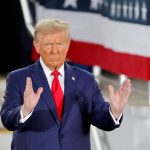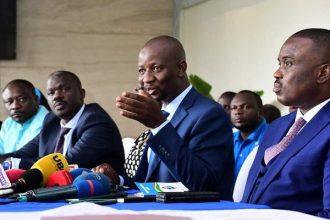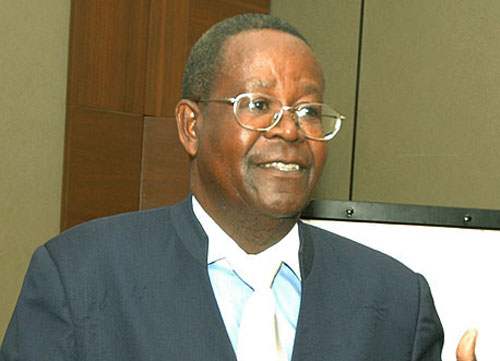(Palm Beach, Florida) – As Donald Trump’s path to re-election became clear, a fierce battle over staffing his second term has taken shape, with the contest for key positions already unfolding in the hallways and patios of his Mar-a-Lago Club. What began as casual conversations around dining tables has rapidly escalated into intense power struggles as individuals jockey for influence and positions in Trump’s potential administration.
After the election results were confirmed, the phones started ringing among Trump’s closest allies, and the tension within Mar-a-Lago grew. Trump’s team began focusing on who would fill critical roles, with the discussions often taking place around tables near Trump’s usual spot behind a velvet rope. The presence of several notable figures, including Robert F. Kennedy Jr., Donald Trump Jr., and campaign strategist Tom Barrack, signaled the high stakes of the moment.
Trump spent time reviewing names for potential appointments that had been prepared by Howard Lutnick, his transition co-chair. However, it remains unclear whether he will fully rely on Lutnick’s recommendations or bring in other voices for further input. In the midst of the preparations, various contenders for top spots have been working the phones, trying to form alliances with others and secure their place in the administration.
As the decision-making process progresses, some candidates have already been removed from consideration, while others continue to fight for prominence. Rep. Elise Stefanik, a New York Republican and current House GOP conference chair, is under consideration for a role as the U.S. ambassador to the United Nations, according to sources familiar with the discussions.
One of the fiercest contests involved the selection of Trump’s chief of staff. After much speculation, Trump appointed his campaign manager Susie Wiles to the position, making her the first woman to hold this role. Wiles, who ran what was viewed as one of Trump’s most disciplined campaigns, was seen as the front-runner after a tough competition with Brooke Rollins, a former Trump administration official. Rollins ultimately withdrew from the race, recognizing that the position would become a power struggle she could not win. Despite this, Rollins is expected to play a significant role in a second Trump administration.
Trump’s move to quickly appoint a chief of staff was a departure from his approach in 2016, when he delayed the decision until several days after the election. The need for a strong figure in this position became more urgent this time around, as it would provide a central power hub for managing key decisions rather than having everyone turn directly to Trump. Despite this urgency, Trump himself has been directly reaching out to potential appointees, rather than waiting for his staff to finalize recommendations.
Throughout the process, Trump has shown a desire to reward those who have supported him over the past two years. According to insiders, he has made it clear that loyalty will be a factor in his staffing decisions, even if some of his loyalists have differing political views.




















